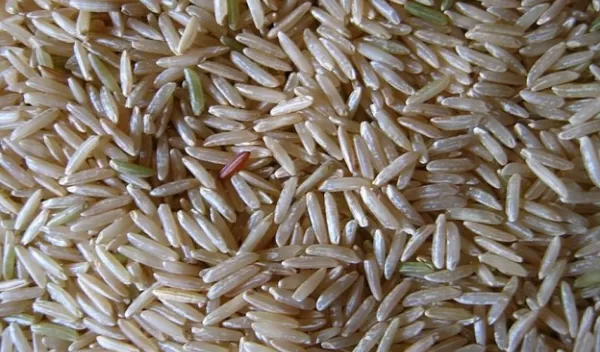
Love basmati rice? Scientists have now sequenced its genome
Using an innovative genome sequencing technology, National Science Foundation-funded researchers have assembled the complete genetic blueprint of two basmati rice varieties, including one that is drought-tolerant and resistant to bacterial disease. The findings, published in Genome Biology, also show that basmati rice is a hybrid of two other rice groups.
Basmati -- derived from the Hindi word for "fragrant" -- is a type of aromatic long-grain rice grown in southern Asia. Despite the economic and cultural importance of basmati and related aromatic rice varieties, their evolutionary history is not fully understood.
"Rice is one of the most important staple crops worldwide, and the varieties in the basmati group are some of the most iconic and prized rice varieties," said Jae Young Choi of New York University and the study's lead author. "But until recently, a high-quality reference genome for basmati rice did not exist."
Whole-genome sequencing -- which determines an organism's complete DNA sequence -- is an important tool for studying plants and improving crop varieties. Prior research assembled the genome for basmati rice using short-read sequencing -- in which DNA is broken into tiny fragments and then reassembled -- but there were missing sequences and gaps in the data.
The researchers at NYU's Center for Genomics and Systems Biology sequenced the genome of two members of the basmati rice group using nanopore sequencing technology.
The sequencing confirmed that basmati rice is a hybrid of two other rice groups. Most genetic material in basmati comes from japonica (a rice group found in East Asia), followed by the rice group aus (found in Bangladesh).
"This discovery offers new insights into how adaptation to environments and cultural preferences might have shaped the domestication of basmati rice, an aromatic rice variety that's often a preferred choice," says Gerald Schoenknecht, a program director in NSF's Division of Integrative Organismal Systems.


